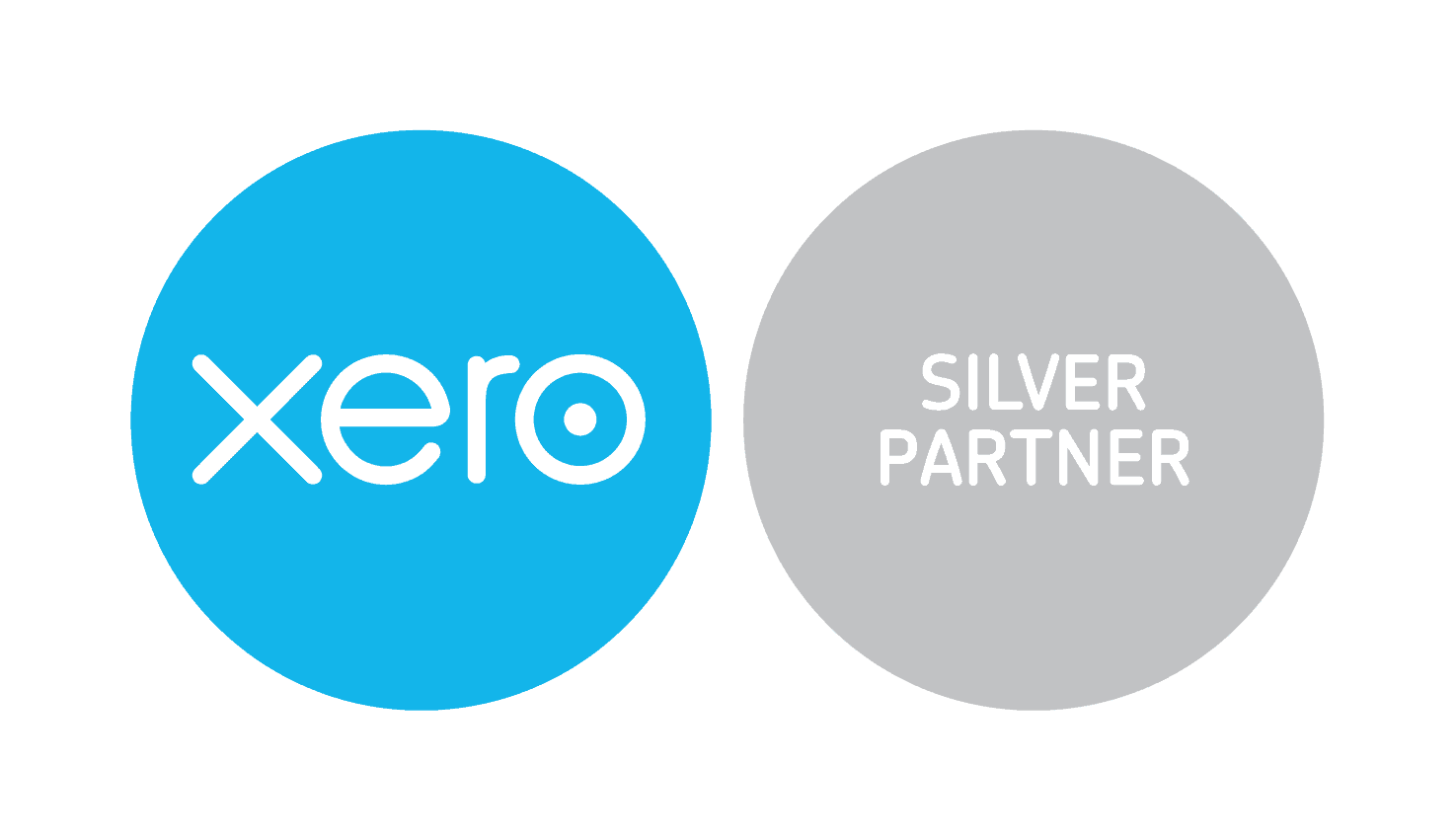Not All Debt is Created Equal: Defining Debt

Teaching others how to get out of debt has become big business over the past two decades. In response to surging client debt and predatory lenders, financial experts began to teach people how to moderate their spending habits and pay off their existing loans as quickly as possible.
Intentionally or unintentionally, though, the experts taught more than everyday financial wisdom and moderation. They taught many people to fear any and all debt, and people’s personal apprehension about debt has bled into their business practices.
Although some business owners are not averse to debt in theory, the amount of debt they are actually in causes them anxiety, stress, and worry.
Debt is a Reality
Costs of education, real estate, automobiles, and healthcare are rising at exponential rates; yet, employee compensation is remaining comparatively stagnant. That economic reality puts people in a Catch-22 situation:
People cannot afford the goods and services they need now, but they cannot afford the consequences of doing without those goods and services until later.
As a result, the “buy now, pay later” philosophy has become a way of life for many people, and going into debt has become their expectation.
Yet, how can people who have been taught to be wary of debt reconcile its necessity in their lives? Should business owners change their mindsets about going into debt to open or maintain their businesses? Can some debt be healthy or any of it be “good”?
Defining Debt
Before we separate debt into good or bad categories, let’s define it and look at it as objectively as possible.
Loans are sums of money you borrow from lenders with a promise to repay.
Principal is the amount of money you borrow, and interest is your lender’s fee for services.
Regularly scheduled principal and interest (P&I) payments are the most common way lenders ask you to repay loans.
Your term is the time period you have to pay-back the money you borrowed.
When you put all of those keywords together, what you have is...
DEBT - the total amount of money and fees you owe creditors to fulfill your loan obligations.
2 Basic Types of Debt
The money and fees you or your business owe creditors can be broken into two basic categories:
- Secured Debt is money you have borrowed that is backed by collateral assets (e.g., real estate loans, automobile loans, boat loans, equipment loans).
Creditors lend you cash to buy physical products or properties, but they place liens on the titles. In other words, they maintain ownership rights to the assets until you repay your debts in full. If you stop making loan payments, lenders can seize and sell your assets to recover the money you still owe.
Because they have the ability to get their money back one way or another, lenders are NOT taking a great risk to lend you money. Thus, they will typically offer you lower interest rates on these secured loans than on unsecured loans.
- Unsecured Debt is money you have borrowed that is NOT backed by collateral assets (e.g., credit cards, signature loans, medical bills, educational loans).
Creditors lend you cash based on their faith in your ability to repay the money. By accepting/using the money, you or your business enter into a contractual agreement to pay your debt in full. If you stop making payments, lenders can take you to court to recover the money you still owe.
Because taking you to court will cost them money and because you may never pay the original money back, lenders are taking a significant risk to lend you money. Therefore, they will usually demand that you pay higher interest rates on these unsecured loans than on secured loans.
2 Basic Types of Loans
The loans you assume to repay your debt to creditors can also be broken into two categories:
- Revolving Loans are agreements you have with creditors to borrow money up to a maximum amount on a recurring basis.
The loans can be either secured (e.g. Home Equity Lines of Credit) or unsecured (e.g., credit cards, signature loans), and you can spend money and repay it over and over in an open-ended amount of time.
You must make minimum monthly payments to pay back what you have spent, but the minimum amounts due will vary based on the loans’ current balances, and lenders will charge you interest if you do not pay your balances in full each month.
Although you do not have to pay back the money you borrow in a set time frame, the longer you take to pay it back, the more money it will cost you or your business.
- Installment Loans are agreements you have with creditors to borrow specific amounts of money all at once that you will repay over a fixed number of payments.
The loans can be either secured (e.g., real estate loans, automobile loans) or unsecured (e.g., education loans, personal loans), and you cannot charge other expenses to them as you pay down the balances.
You repay these loans in equal monthly payments, and you make those payments over a close-ended amount of time.
More often than not, interest rates on installment loans are lower than those on revolving loans, and if you make extra payments or pay off the loans before the required term, you will owe less interest which lowers the total costs of your loan.
Not All Debt is Created Equal
Knowing what debt is and how to categorize it can reduce your aversion to it.
For instance, if you know which debts or loans carry higher interest rates, you can avoid them or choose them more wisely. If you are prone to spend money irrationally or anytime you have access to it, then you can choose installment loans instead of revolving loans.
You see, not all debt is created equal. Certain debts favor borrowers, and others favor lenders. Knowing the difference can give you power over your personal and business debts.
With power, you can even leverage debt and use it to increase your income and lower your taxes! We’ll show you how in our next blog!





